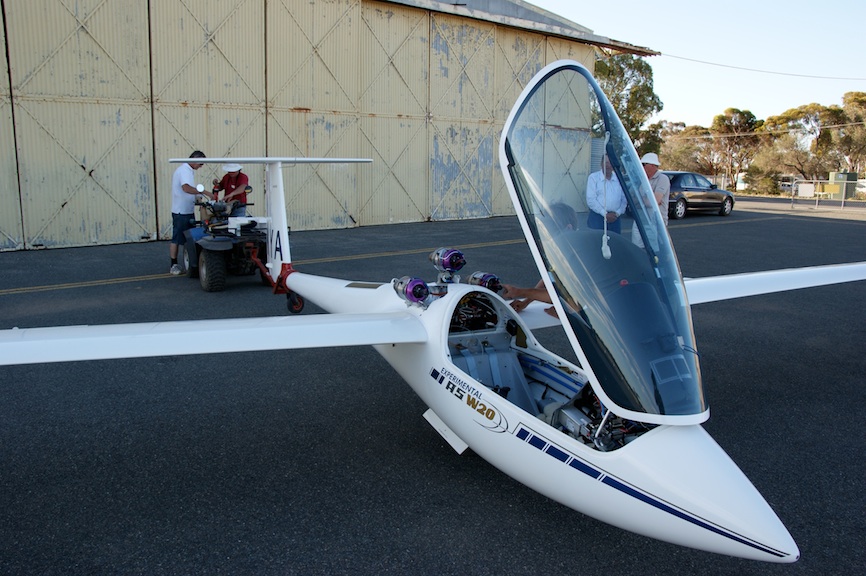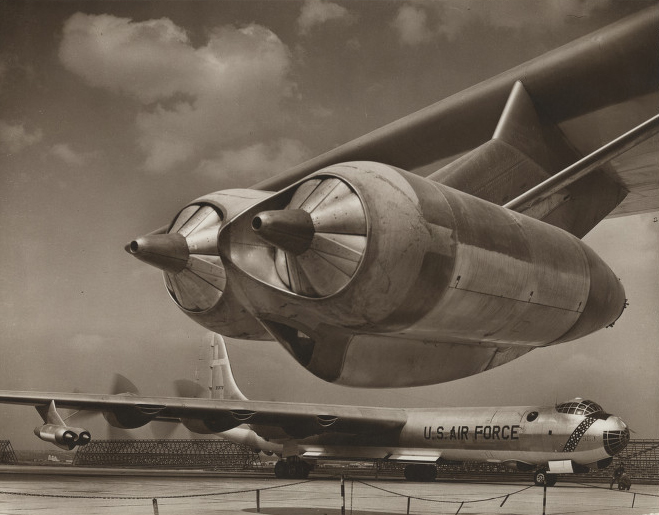could there be any benefit for mounting one of these the bottom of the fuselage? 66 lb thrust at sea level, probably less at altitude
https://www.youtube.com/watch?v=u42QrTqmYwg
example:
extend glide if engine out
extra boost for takeoff
climb out of icing conditions
https://www.youtube.com/watch?v=u42QrTqmYwg
example:
extend glide if engine out
extra boost for takeoff
climb out of icing conditions














